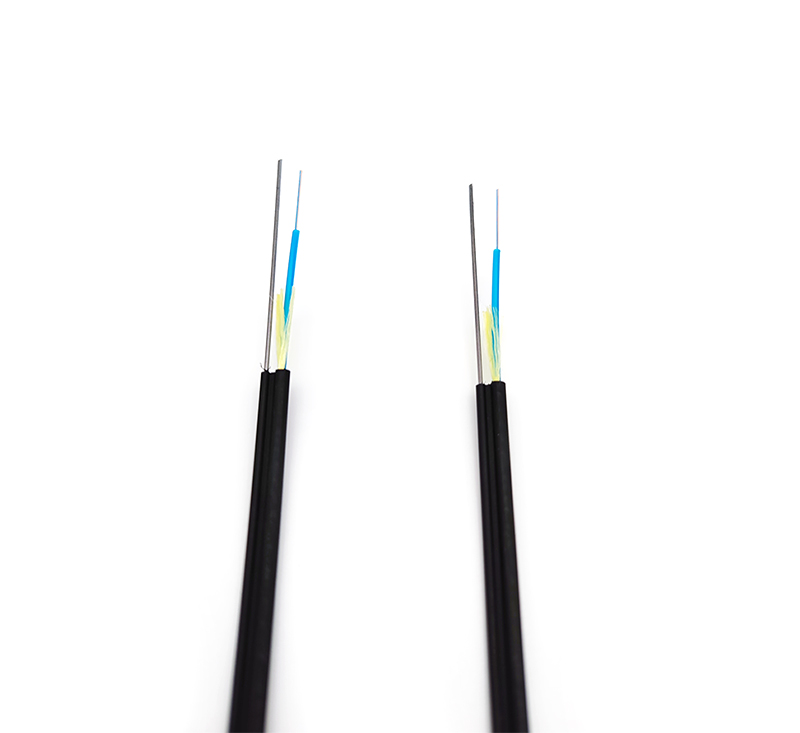Over the years, the construction of optical cables has enabled us to have a set of mature methods and experience.
Outdoor construction of optical cable:

The most important thing for long-distance cable laying is to choose a suitable path. It is not necessarily the shortest path here is the best, but also pay attention to the right to use the land, the possibility of erection or burial, etc.
There must be very complete design and construction drawings, so that the construction and future inspections are convenient and reliable. During construction, be careful not to put the optical cable under heavy pressure or be punctured by hard objects.
When the optical cable turns, its turning radius is 20 times larger than the diameter of the optical cable itself.
1) Construction of outdoor aerial optical cable:
A. The overhead method of hanging wire brackets is simple and cheap, and it is widely used in my country, but it is time-consuming to add hooks and arrange them.
B. Hanging wire winding overhead method, this method is more stable and less maintenance work. But a special wrapping machine is required.
C. The self-supporting overhead method has high requirements on the trunk line, difficult construction and maintenance, and high cost. It is rarely used in China at present.
D. When overhead, a guiding device must be added at the place where the optical cable leads to the trunk, and the optical cable should be prevented from being dragged to the ground. Pay attention to reducing friction when pulling the optical cable. A length of fiber optic cable should be left on each trunk for expansion and contraction.
E. Pay attention to the reliable grounding of metal objects in the optical cable. Especially in mountainous areas, high-voltage power grid areas and many areas, there are generally 3 grounding points per kilometer, and even non-metallic optical cables are used.










